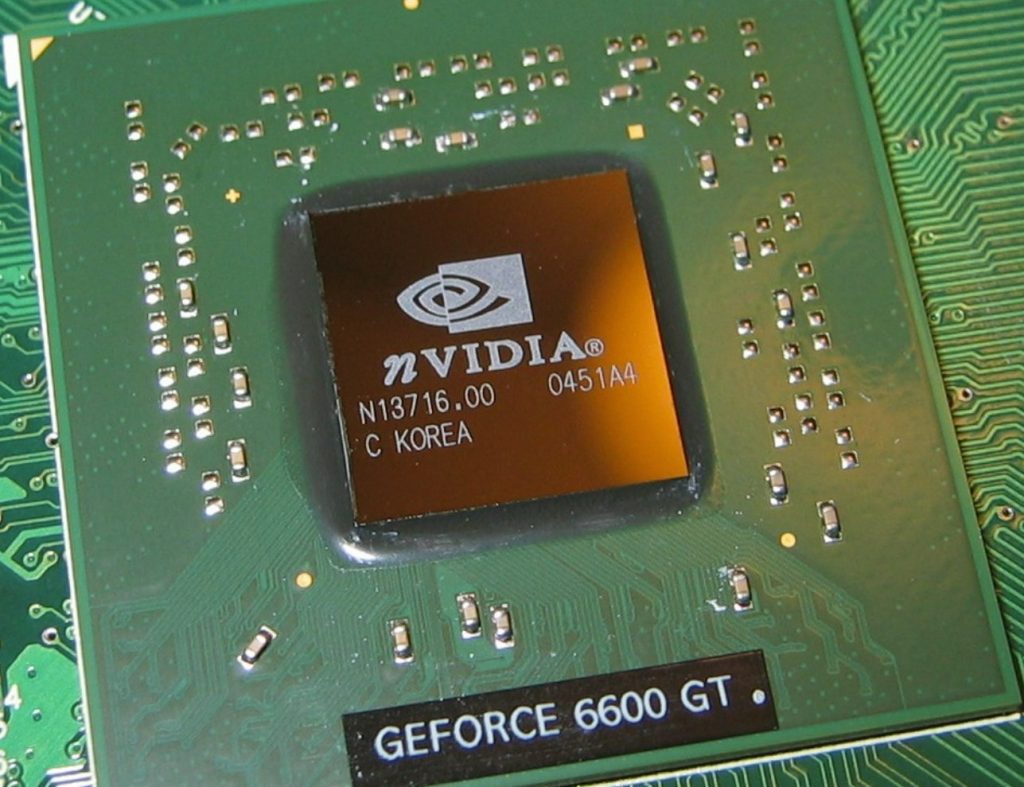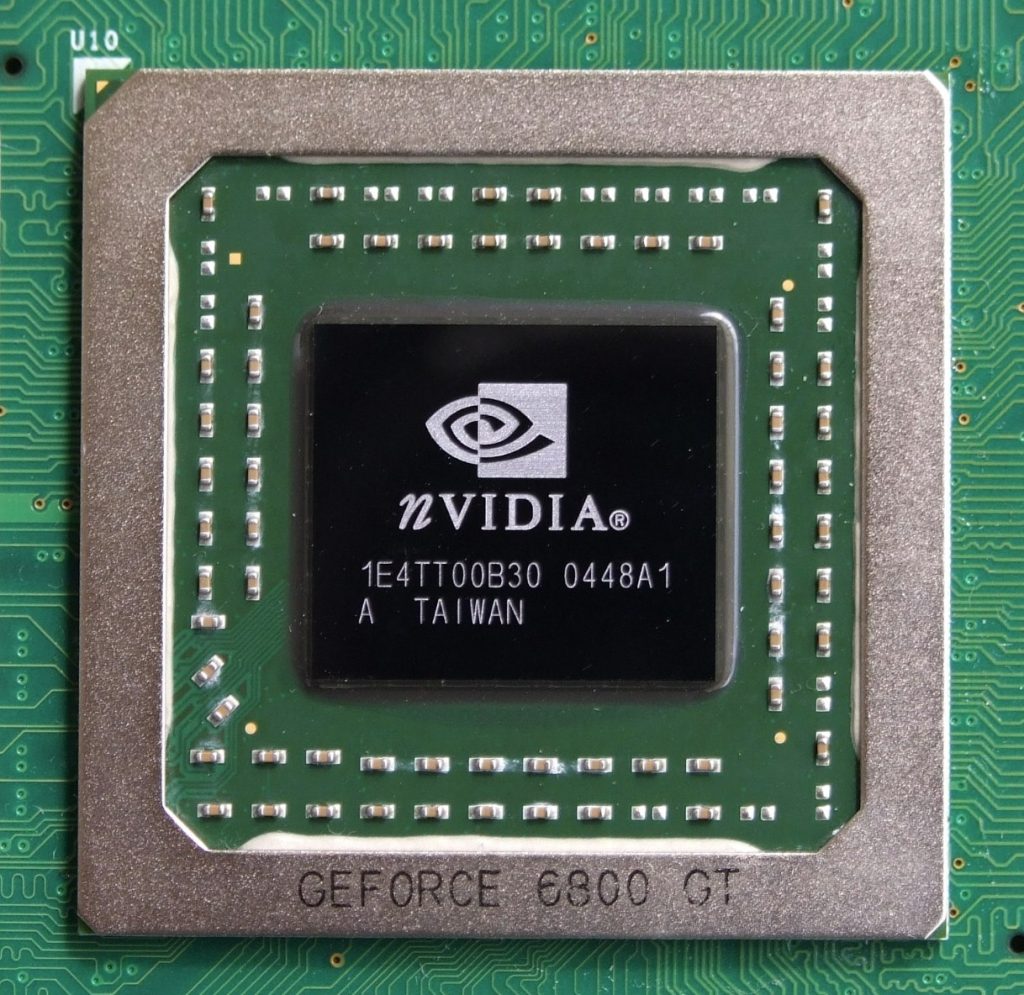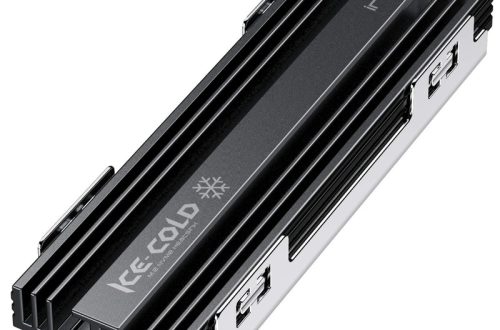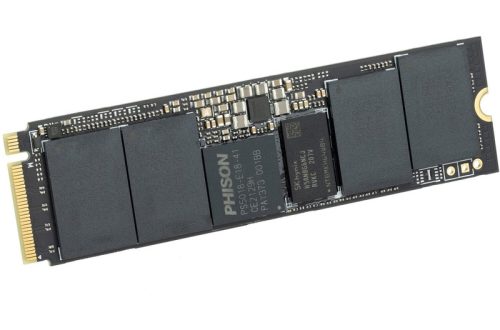A sluggish computer, lagging applications, and frustrating performance drops are all telltale signs of high CPU usage. The Central Processing Unit (CPU) acts as the brain of your computer, handling all calculations and instructions. When overloaded, it struggles to keep up, leading to a frustrating user experience. This article delves into the common culprits behind high CPU usage and equips you with effective solutions to regain control and restore smooth performance.
Part 1: Identifying the Culprits

Resource-Intensive Programs:
Certain resource-intensive programs such as video editors, 3D rendering software, and complex games require significant processing power to operate efficiently. Running multiple such programs simultaneously can exert substantial demands on the CPU, potentially leading to high CPU usage. The intricate calculations and graphic rendering processes involved in these applications can strain the CPU, especially when running concurrently with other demanding tasks. As a result, the system may experience performance degradation, slower response times, and increased potential for system instability or crashes. To mitigate these issues, users should prioritize system resources and avoid running multiple CPU-intensive applications simultaneously. Allocating dedicated time or resources for tasks that require substantial processing power can help optimize system performance and prevent excessive CPU usage. Additionally, leveraging hardware upgrades such as multi-core processors or increasing system memory can further enhance the system’s ability to handle such demanding workloads.
Background Processes:
Background processes running silently within a system can significantly impact overall CPU performance, even after launching a different application. Numerous programs initiate background processes that continue to run and consume CPU resources, potentially causing system slowdowns or reducing the responsiveness of the current application in focus. These background tasks may include system maintenance utilities, antivirus software scans, automatic updates, or various other maintenance and monitoring operations. Although these processes are essential for maintaining system health and security, they can compete for CPU resources, potentially affecting the performance of the foreground application. As a result, users may experience delays, decreased responsiveness, or even system freezes. By consistently monitoring background processes and managing their impact on CPU utilization, users can take proactive steps to optimize system performance. This may involve adjusting the settings of background tasks, scheduling resource-intensive operations during idle periods, or upgrading system hardware to improve multitasking capabilities.

Part 2: Solutions to Reduce CPU Usage
Task Manager Intervention:
The built-in Task Manager in Windows or Activity Monitor in macOS serves as a valuable resource for monitoring system performance in real-time, including CPU usage by active processes. When observing high CPU consumption, users can identify resource-intensive processes and take steps to address them. Within the Task Manager or Activity Monitor, users can pinpoint individual processes that are consuming a significant amount of CPU resources and evaluate their importance. By closing unnecessary or resource-heavy processes, users can free up valuable CPU resources, redirecting them to the program or task currently in use. This approach can help alleviate CPU bottlenecks, optimize system responsiveness, and ensure that essential applications and tasks receive the necessary computational resources. Additionally, by regularly monitoring and managing CPU usage using these tools, users can gain insights into how system resources are allocated and proactively address potential performance issues related to excessive CPU consumption.
Disabling Startup Programs:
Upon system startup, numerous programs may automatically launch, contributing to the initial CPU load and potentially impacting system performance. To mitigate this, you can utilize tools such as the System Configuration utility in Windows and Startup Preferences in macOS to disable unnecessary startup programs. By doing so, you can reserve CPU resources for essential tasks, enhancing overall system responsiveness. When using the System Configuration utility in Windows, navigate to the Startup tab to view and disable startup programs. Similarly, in macOS, the Startup Preferences menu allows users to manage the list of applications that launch during startup, providing the option to disable non-essential programs. By selectively controlling startup items, you can streamline system boot times and reduce the CPU load during startup, ensuring that system resources are allocated more efficiently.

Part 3: Advanced Techniques for Power Users
Adjusting Power Management Settings:
The power management settings in most operating systems provide users with the flexibility to prioritize performance or power-saving modes based on their specific needs. By adjusting these settings, users can effectively manage CPU utilization and overall system performance while ensuring efficient power usage. Switching to a “Balanced” or “Power saver” mode can throttle CPU usage slightly, limiting the frequency of full-speed operation when not required. This minor reduction in CPU performance can lead to noticeable improvements in battery life, especially on laptops and mobile devices. Utilizing a “Balanced” or “Power saver” mode can optimize power consumption, extend battery runtime, and reduce heat generation, which is particularly beneficial when using portable devices. Conversely, when performance is the priority, selecting a “High performance” mode can maximize CPU performance, ensuring optimal speed and responsiveness for resource-intensive tasks.
Process Affinity and Priority:
For advanced users, Task Manager (Windows) allows setting process affinity and priority. Process affinity restricts a process to specific CPU cores, potentially improving performance in multi-threaded applications. Similarly, adjusting process priority allows you to prioritize essential tasks over less critical background processes.

Part 4: Prevention is Key
Regular Software Updates:
Using outdated software can lead to system inefficiencies and increased CPU usage due to unpatched bugs or inefficiencies. As a remedy, regularly updating your operating system, device drivers, and applications is crucial to ensure optimal performance and address potential CPU usage issues. Operating system updates often include important performance enhancements, bug fixes, and security patches that can directly impact CPU efficiency. Similarly, updating device drivers for components such as the graphics card, chipset, and storage controllers can help maintain compatibility with the latest software and improve system stability, thereby reducing unnecessary CPU load. Furthermore, keeping applications up to date ensures that they run smoothly and efficiently, reducing the overall strain on the CPU. By regularly prioritizing software updates, users can optimize system performance, enhance stability, and mitigate potential CPU usage issues caused by outdated software, ultimately promoting a seamless and reliable computing experience.
Hardware Considerations:

Persistent high CPU usage, especially during moderate workloads, could signal that your current CPU is approaching its capacity to handle your computing needs. In such cases, it might be beneficial to consider upgrading your CPU or adding more RAM to optimize performance, particularly when handling demanding tasks. A more powerful CPU with additional cores and higher clock speeds can improve multitasking capabilities and enhance overall system responsiveness. Furthermore, increasing the RAM capacity can provide the system with more memory to efficiently handle more demanding applications and workloads, potentially reducing the strain on the CPU. Evaluating the compatibility of a new CPU with the existing motherboard and considering potential power requirements are crucial factors to address when contemplating an upgrade.
By understanding the causes of high CPU usage and implementing the solutions outlined above, you can regain control of your system’s performance. Remember, a proactive approach through monitoring, managing processes, and keeping software updated helps prevent performance bottlenecks and ensures a smooth computing experience.


